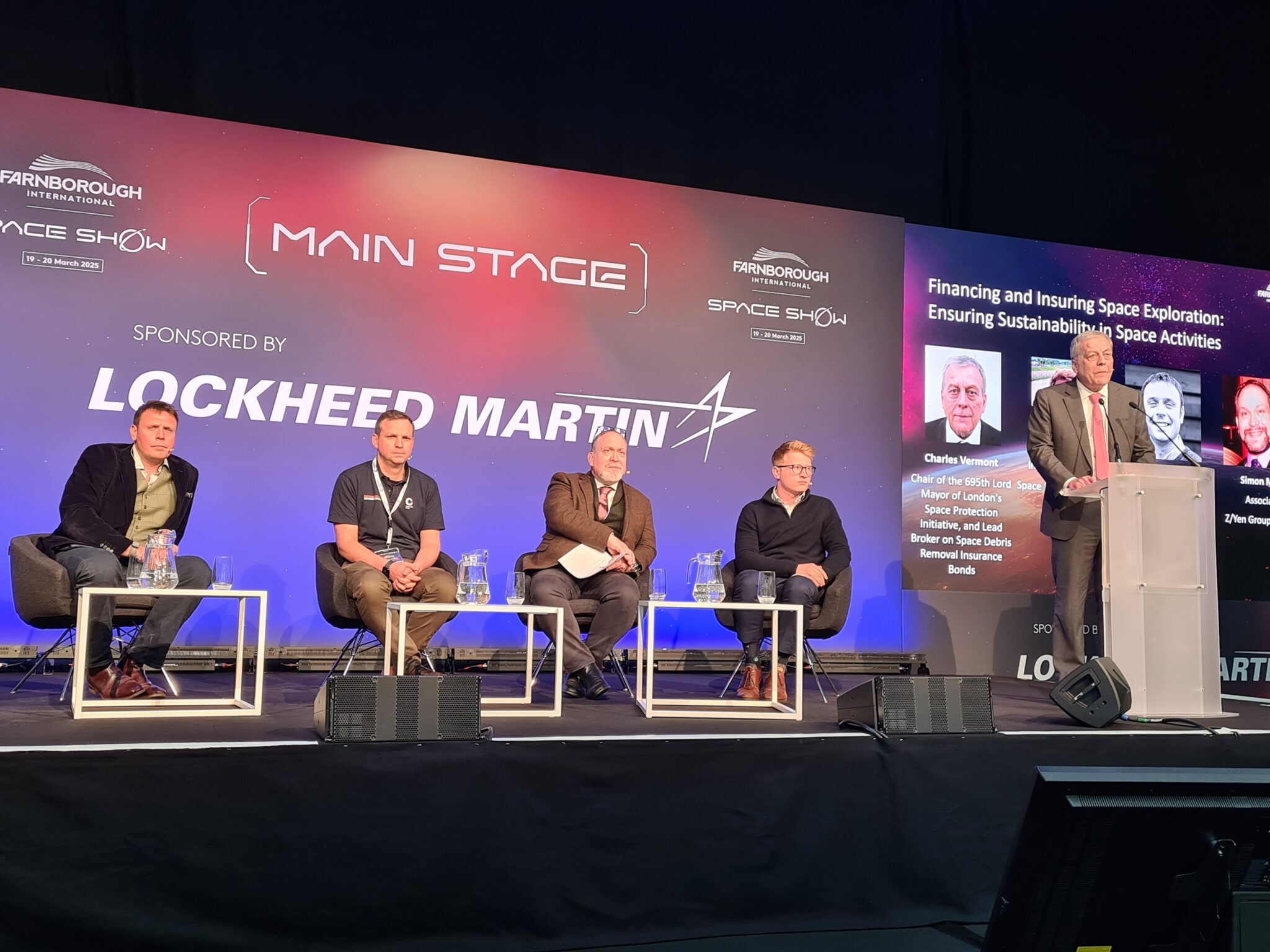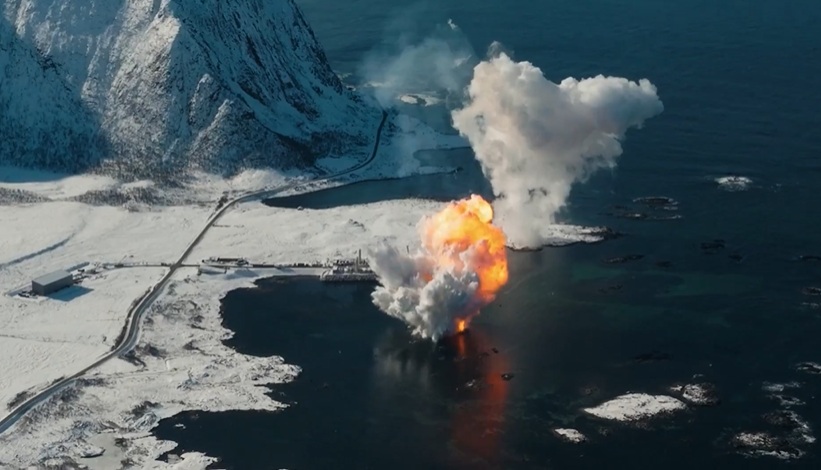Elon Musk and his SpaceX team scored a successful return launch with its Falcon 9 launch of 10 Iridium Next communications satellites. The launch took place at 1754 GMT from the Vandenberg launch site in California on 14 January 2016.
While the Falcon 9’s (Iridium 9v1.2FT-R) second stage went on to deploy its satellite cargo into a 625 km near polar orbit via the initial burn and subsequent restart, the rocket’s reusable first stage was successfully landed on a drone barge called “Just Read the Instructions” located down range in the Pacific off the coast of the Baja peninsular. This stage is likely to be used again, improving the economics of a future Falcon 9 launch. The satellites themselves will later raise their orbits another 155 km or so to reach their operational positions.
This latest successful launch follows serious criticism of its overly-revolutionary approach to its own technology and procedures which were indirectly cited as the cause of its on-pad Falcon 9 rocket failure last year.
It was a change to the fill rates for the liquid oxygen that was believe to be the cause of a liquid oxygen “bubble” becoming lodged in a void/buckle between the inner aluminium liner and the carbon composite sleeve on a helium pressurant tank, itself (unusually for rocket designs) immersed inside the second stage oxygen tank. This Iridium launch used the old “slower filling” of super-cooled liquid oxygen just before launch in spite of this resulting in a lower efficiency “less dense” oxygen fill.
That failure, which seriously delayed the SpaceX launch schedule, was said to have caused a financial loss to the firm of US$250 million. Even in the “good years” SpaceX profits remain quite thin at only circa 5% of overall turnover.
At least this latest ten Iridium Next satellite Falcon 9 launch was a success. Apart from helping to get SpaceX’s launch schedule back on track, it was key to the new business plan of the Iridium Communications satellite company as it begins to replace its ageing original 66 satellite constellation with the new Iridium Next series. Apart from Iridium’s main satellite telephony payload which allows independent phone communications at all points of the globe – an essential tool for users ranging from sailors and polar explorers to disaster relief workers – the 860 kg satellites, built by Thales Alenia Space, are also carrying an air traffic monitoring ADS-B payload for Iridium affiliate, Aerion.
Comment by David Todd: It is congratulations to SpaceX for bouncing back so well. However, Elon Musk and his fellow engineers should note that pushing performance to its ultimate limit is not always good engineering – or good business.
There has been a backlash in opinion about SpaceX. For example, insurers are concerned that with all its technology and procedural chopping and changing, SpaceX’s Falcon 9 rockets have yet to settle into the “nirvana” reliability phase of near zero losses that experienced Western (and sometimes other) rockets usually achieve. Consequently it would not be a surprise if there was an upwards adjustment in premium rates for launch risks involving Falcon 9 rockets.
Meanwhile, NASA is concerned about SpaceX’s loading procedures in respect to commercially flown manned flights which NASA has contracted SpaceX to do. NASA’s Aerospace Safety Advisory Panel (ASAP) has cautioned that the risks associated with quick loading of a Falcon 9 launch vehicle just before launch – the so called “load and go” approach – with the crew already in their spacecraft atop, may not be fully understood. Other industry experts note that the failure mechanisms of, admittedly lighter, composite tank structures, especially in super-cooled environments, are still relatively unknown compared to their all-metal counterparts.
SpaceX’s loading of super-cooled propellants just before launch, whether at a slower rate or not, may be advantageous performance wise. But it may also be just too risky.







